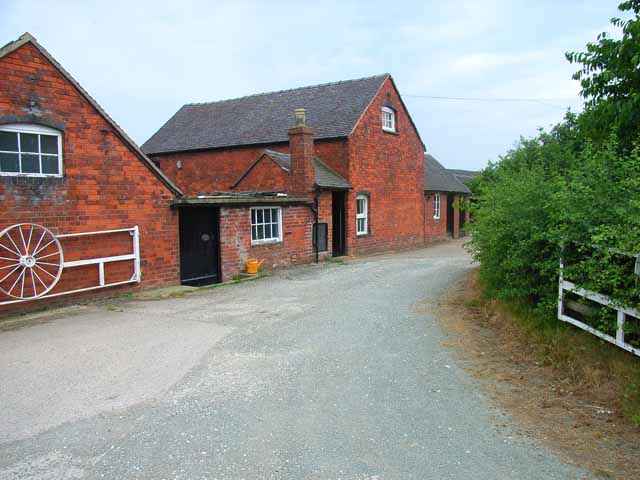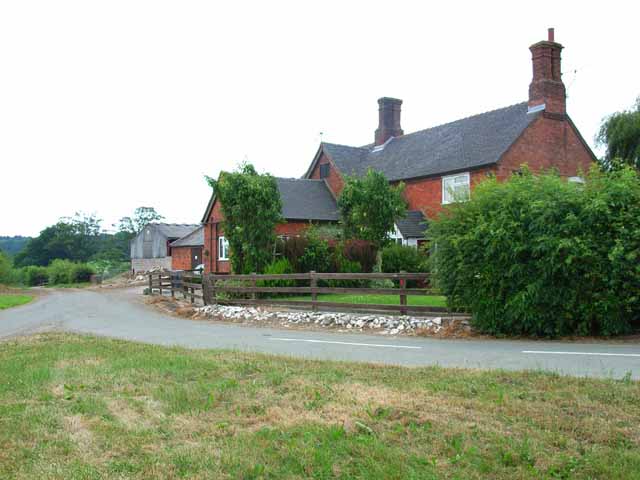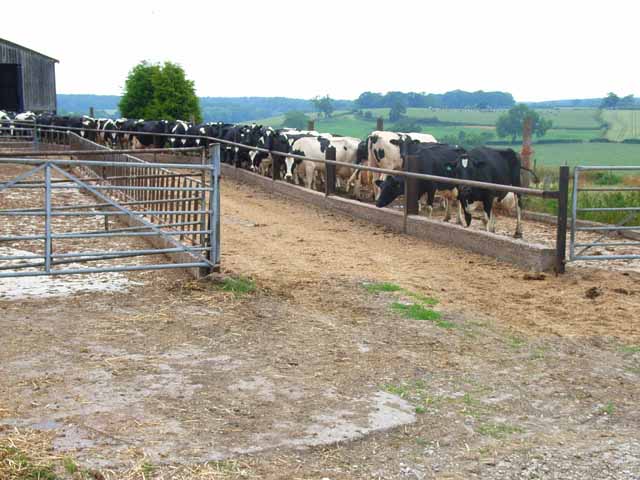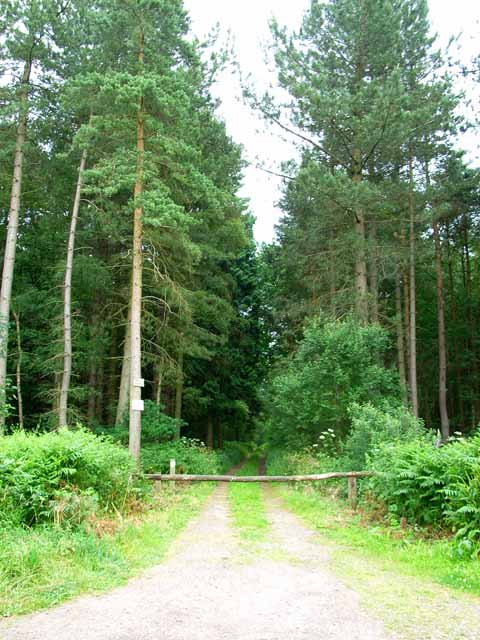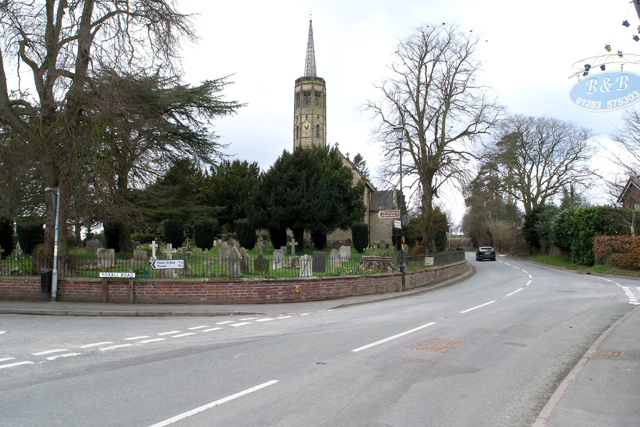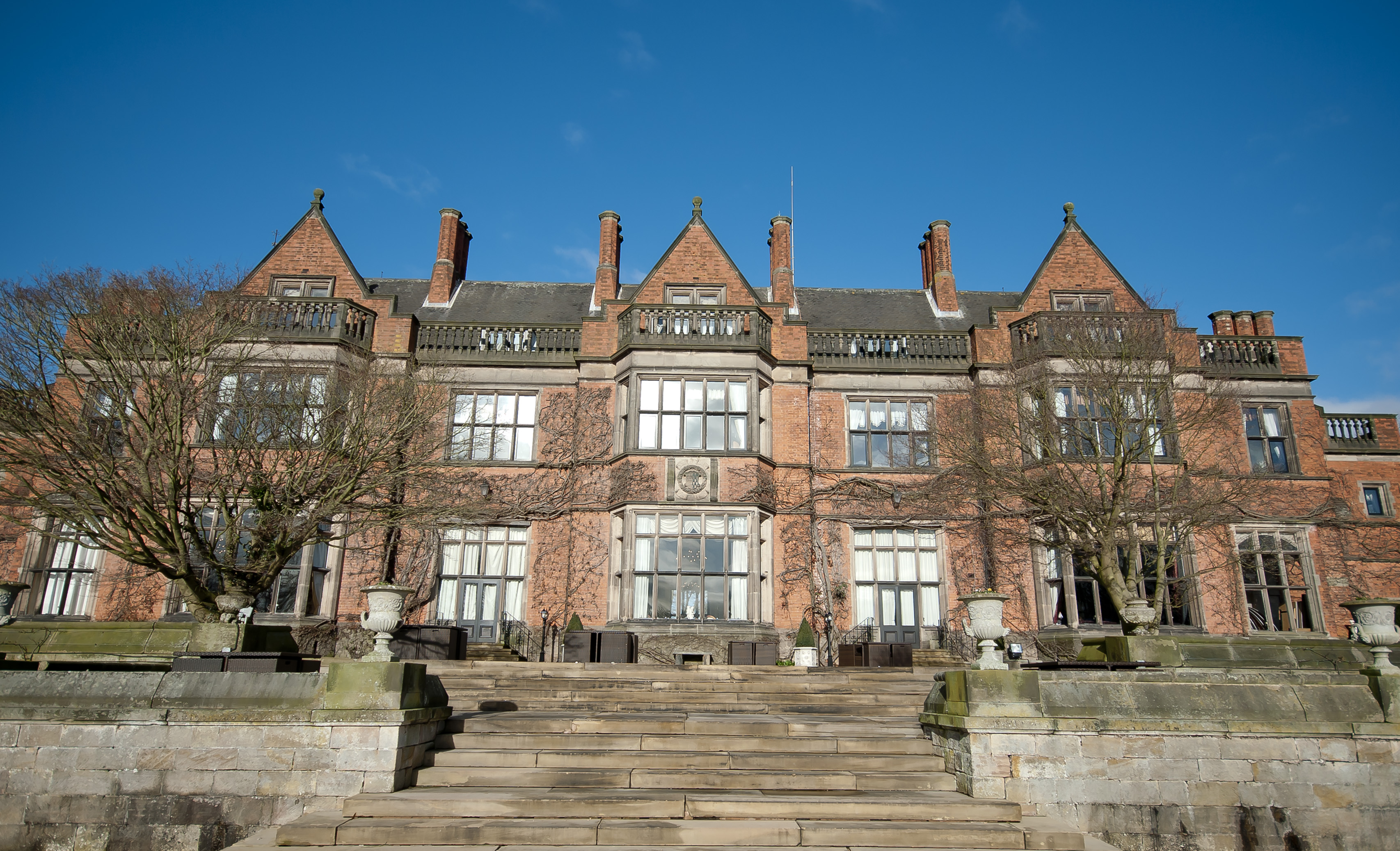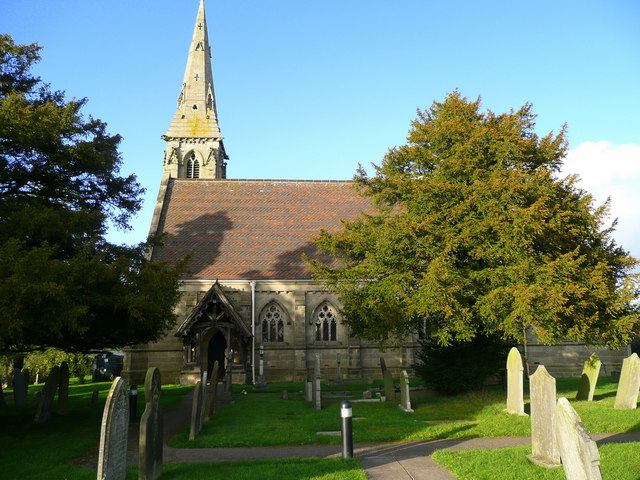Dunghill Plantation
Wood, Forest in Staffordshire East Staffordshire
England
Dunghill Plantation

Dunghill Plantation is a picturesque woodland located in Staffordshire, England. Covering an area of approximately 50 hectares, it is situated in the heart of the county's countryside. The plantation is known for its dense and diverse forest, consisting primarily of deciduous trees such as oak, beech, and birch.
The plantation offers a tranquil escape from the modern world, attracting nature enthusiasts, hikers, and birdwatchers. Its well-maintained pathways and trails wind through the forest, providing visitors with the opportunity to explore the natural beauty of the area. The enchanting atmosphere, accompanied by the pleasant sounds of birdsong and rustling leaves, creates a soothing ambiance.
Dunghill Plantation is also home to a rich variety of wildlife. The forest provides a suitable habitat for numerous species, including deer, foxes, badgers, and rabbits. Bird species such as great tits, blue tits, and woodpeckers can often be spotted in the treetops or heard chirping melodiously.
The plantation has a long history, dating back several centuries. It was originally a hunting ground for the local nobility and later transformed into a managed forest. Today, it is maintained by the local authorities, ensuring the preservation of its natural beauty and wildlife.
In conclusion, Dunghill Plantation in Staffordshire is a captivating woodland retreat. With its diverse flora and fauna, well-maintained trails, and serene atmosphere, it offers visitors a chance to reconnect with nature and enjoy the tranquility of the English countryside.
If you have any feedback on the listing, please let us know in the comments section below.
Dunghill Plantation Images
Images are sourced within 2km of 52.829746/-1.8114933 or Grid Reference SK1225. Thanks to Geograph Open Source API. All images are credited.
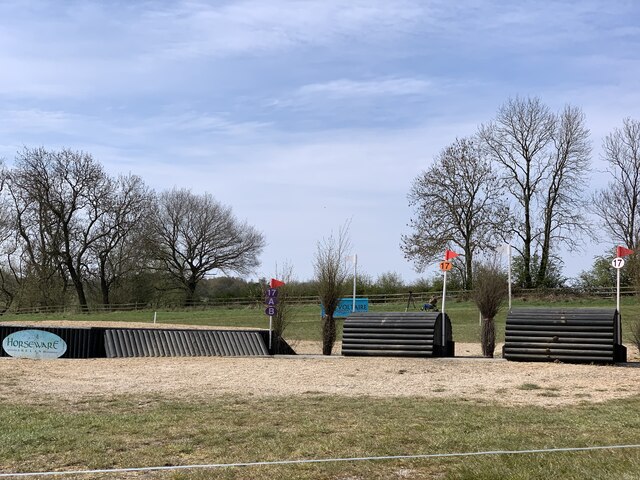
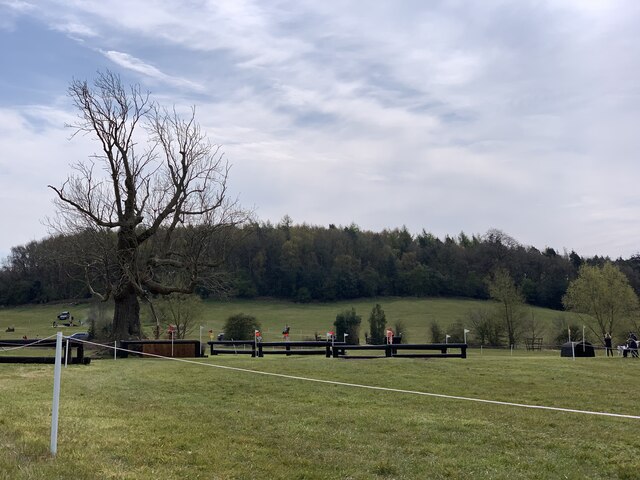
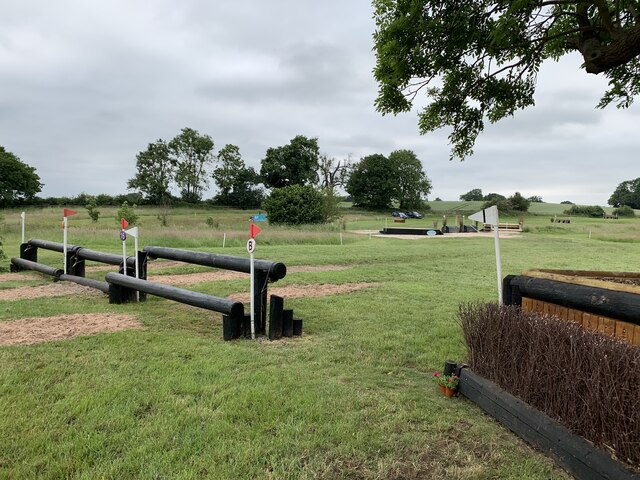

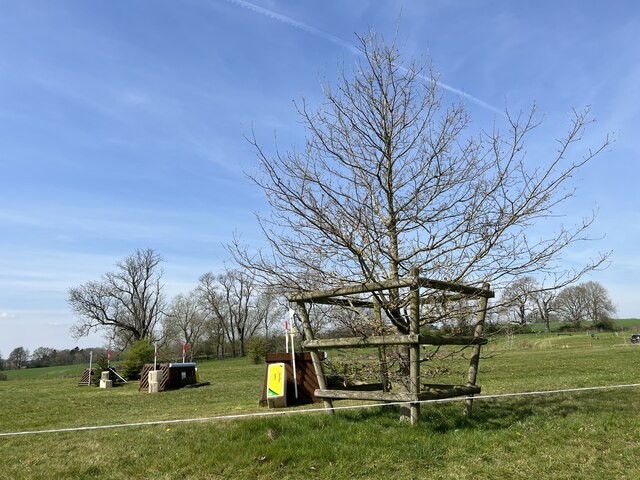
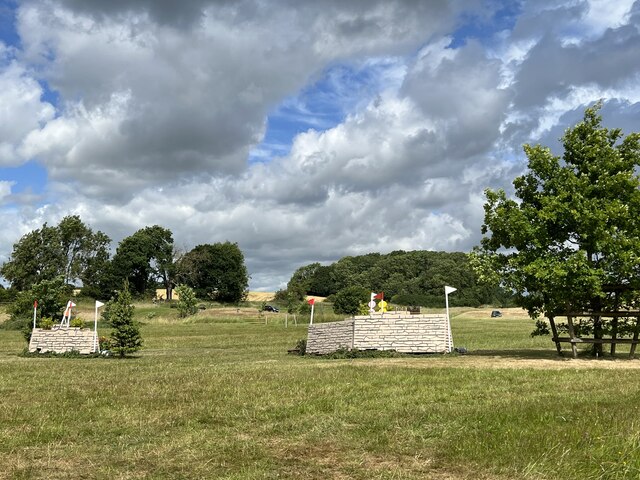
Dunghill Plantation is located at Grid Ref: SK1225 (Lat: 52.829746, Lng: -1.8114933)
Administrative County: Staffordshire
District: East Staffordshire
Police Authority: Staffordshire
What 3 Words
///crafts.opposing.readjust. Near Abbots Bromley, Staffordshire
Nearby Locations
Related Wikis
Newborough, Staffordshire
Newborough is a village and civil parish in the county of Staffordshire, England. It is located 3 miles (5 km) south west of Hanbury and 8 miles (13 km...
Hoar Cross Hall
Hoar Cross Hall is a 19th-century country mansion near the villages of Hoar Cross and Hamstall Ridware, Staffordshire. England. The Grade II listed building...
Church of the Holy Angels, Hoar Cross
The Church of the Holy Angels is an Anglican church in Hoar Cross, Staffordshire, England. It is a Grade I listed building. == History == It was built...
Marchington Woodlands
Marchington Woodlands is a village and former civil parish, now in the parish of Marchington, in the East Staffordshire district, in the county of Staffordshire...
Tatenhill Airfield
Tatenhill Airfield (ICAO: EGBM) is a licensed airfield operated by Tatenhill Aviation Ltd. Its CAA Ordinary Licence (Number P813) allows flights for the...
RAF Tatenhill
RAF Tatenhill is a former Royal Air Force satellite airfield in Tatenhill, Staffordshire, England, 4 NM (7.4 km; 4.6 mi) west of Burton on Trent. It was...
Draycott in the Clay
Draycott in the Clay is a village and civil parish within the English county of Staffordshire. == Location == The village is located between Uttoxeter...
St John's Church, Marchington Woodlands
St. John's Church, Marchington Woodlands is a parish church in Marchington Woodlands, Staffordshire, United Kingdom. Built in 1859, this small country...
Have you been to Dunghill Plantation?
Leave your review of Dunghill Plantation below (or comments, questions and feedback).



